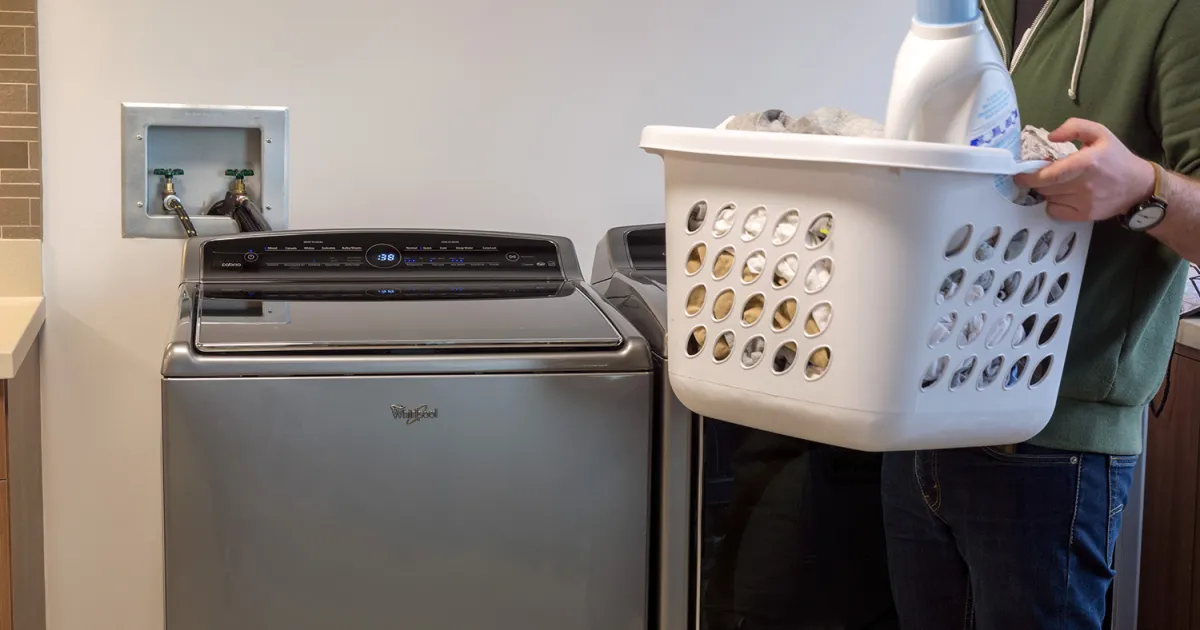Introduction
Washing machines are essential appliances in our homes, making laundry tasks more manageable and efficient. However, like all appliances, washing machines are prone to wear and tear, and components such as the water level fill switch can malfunction over time. Instead of immediately calling for professional help, you can save money by learning how to diagnose and fix a faulty washing machine water level fill switch on your own. In this guide, we will walk you through the process step by step, empowering you to take control of your appliance repairs and save on costly service fees.
Understanding the Water Level Fill Switch
The water level fill switch, also known as the pressure switch, is a critical component in your washing machine. It is responsible for regulating the water level during different stages of the wash cycle. When this switch fails, it can lead to issues such as overfilling, underfilling, or even a washing machine that won’t start. By learning how to identify and fix problems related to the water level fill switch, you can ensure your washing machine operates efficiently.
Diagnosing the Problem
Before you start fixing the water level fill switch, it’s essential to diagnose the problem accurately. Here are some common signs of a faulty water level fill switch:
- Overfilling or Underfilling: If your washing machine consistently overfills or underfills, it could indicate a problem with the water level fill switch.
- Washing Machine Won’t Start: A malfunctioning water level fill switch can prevent the washing machine from starting because it may not detect the appropriate water level to begin the cycle.
- Inconsistent Water Levels: If you notice that the water levels in your washing machine vary widely from one cycle to another, the water level fill switch might be the culprit.
Fixing the Faulty Water Level Fill Switch
Now that you have identified the issue, follow these steps to fix the faulty water level fill switch:
Safety First
Before you begin any repair work, always ensure your safety. Unplug the washing machine from the power source to avoid electrical accidents.
Accessing the Water Level Fill Switch
- Locate the Switch: The water level fill switch is typically located behind the control panel. Refer to your washing machine’s manual to identify its exact position.
- Remove the Control Panel: Use a screwdriver to remove the screws holding the control panel in place. Once removed, gently lift the panel to access the interior of the washing machine.
Testing and Replacing the Water Level Fill Switch
- Test the Switch: Use a multimeter to test the continuity of the water level fill switch. Follow the manufacturer’s instructions for using the multimeter and check if the switch is functioning properly.
- Replace the Switch: If the multimeter indicates that the switch is faulty, replace it with a new one. Make sure to get a compatible replacement switch for your washing machine model.
Reassembling the Washing Machine
- Install the New Switch: Carefully connect the wires to the new water level fill switch, ensuring a secure connection.
- Reattach the Control Panel: Place the control panel back in its original position and tighten the screws to secure it.
Testing the Washing Machine
- Plug In the Machine: Once you have reassembled the washing machine, plug it back into the power source.
- Test the Repair: Run a test cycle to check if the water level fill switch is functioning correctly. Monitor the water levels and ensure the washing machine completes the cycle without any issues.
Conclusion
By learning how to diagnose and fix a faulty washing machine water level fill switch, you can save money on repairs and gain confidence in your DIY skills. Remember always to prioritize safety, follow the manufacturer’s guidelines, and consult professional help if you are unsure about any step. With a bit of patience and the right knowledge, you can keep your washing machine running efficiently without breaking the bank on costly repairs.





